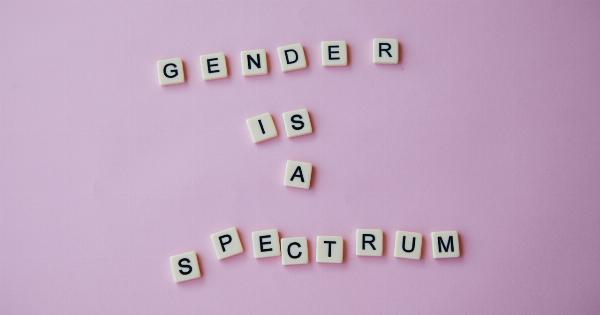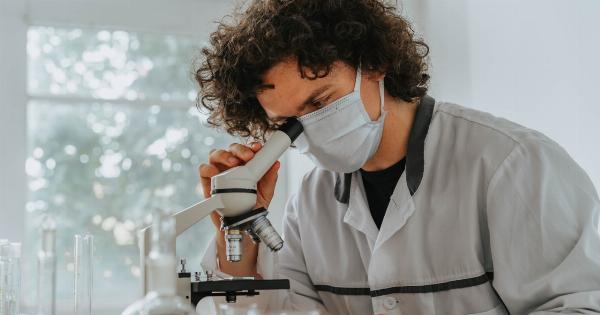Sexual peak is a sexual state where an individual experiences heightened sexual desire accompanied by physical responses such as increased vaginal lubrication, heightened sensitivity, and intense orgasms.
It is a period when an individual is said to experience their highest sexual potential.
For years, there have been debates on when women reach their sexual peak; while some assume women experience it in their 20s, others believe it happens later in life.
In this article, we will be exploring this topic in detail, considering individual differences and the impact of age on sexual performance.
Biology of Female Sexual Response
It is important to first understand the biology of female sexual response to be able to discuss the topic of sexual peak coherently. The female sexual response cycle has four stages – excitement, plateau, orgasm, and resolution.
During the excitement stage, the woman’s arousal is heightened, and she experiences an increase in blood flow to the pelvic area.
The plateau stage follows, where the woman’s sexual response peaks, and she experiences heightened sexual desire and arousal. The orgasm stage is characterized by intense muscle contractions around the vagina and uterus, accompanied by a feeling of pleasure. In the resolution stage, the body returns to its pre-aroused state.
Each of these stages lasts differing amounts for each woman. An individual’s biological uniqueness and physical health profoundly can impact her sexual response cycle.
Factors that affect female sexual peak
Several factors influence a woman’s sexual peak. Some of these include:.
Age
Studies have shown that women tend to experience increased sexual satisfaction and interest after their 30s. This is linked with self-confidence, increased emotional maturity, and relational experience.
Hormone Fluctuations
Changes in hormone levels in women also impact their sexual peak. Women’s sex hormones fluctuate throughout their menstrual cycle and can impact sexual desire and response.
Hormonal changes occur during menopause, leading to significant impacts on a woman’s sexuality.
Health and Relationship Concerns
Issues with physical or emotional well-being can have a significant impact on a woman’s sexual desire and functioning.
Individuals with chronic illness or psychological difficulties may report a decrease in sexual desire or experience sexual dysfunction. The quality of an individual’s relationship and sexual experiences can also affect sexual desire.
Mental Well-being
An individual’s mental well-being profoundly impacts their sexual response. Factors such as stress, anxiety, and depression can cause a decrease in sexual desire and arousal.
Perceptions of Sexual Peak in Women
For years, the perception was that women experienced their sexual peak in their 20s. However, recent studies challenge this notion and suggest that women are likely to experience increased sexual satisfaction later in life.
These studies suggest that the 30s and 40s are the time where women experience their peak in both sexual desire and response.
However, this is subjective and related to an individual’s readiness to engage in sexual activity.
While older women report longer-lasting and more intense orgasms, women’s sexual peak may differ depending on factors such as relationship status or stage of life. For example, women in their 20s who are comfortable with their bodies and sexuality are likely to experience heightened sexual satisfaction than those who are still exploring their sexuality.
Conclusion
In conclusion, women’s sexual peak is a subjective concept that differs for each individual. While some women experience their peak in their 20s, others may experience it later in life.
Factors that impact a woman’s sexual peak include age, hormone fluctuations, mental and physical health, and relationship status. Women’s sexuality is unique, and self-discovery and awareness is critical to identifying one’s sexual peak.



























